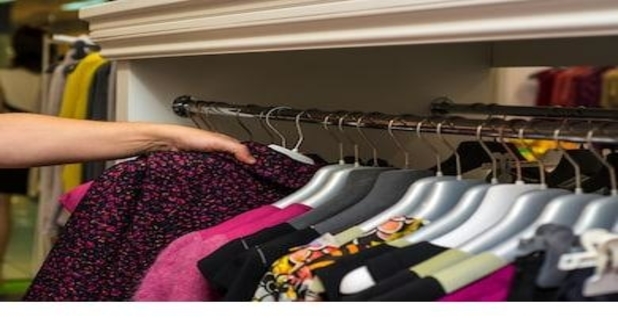
Duty drawback rate hikes hailed
The Indian Government’s decision to raise the duty drawback rates will boost textile and apparel exports, experts said
The Indian Government’s decision to raise the duty drawback rates will boost textile and apparel exports, experts said. Despite several incentives offered by the government to boost textile and apparel exports, their shipment from India stagnated between $32 billion and $37 billion for over seven years.
For the financial year 2017-18, India witnessed textile and apparel exports to the tune of $36.05 billion as against the target of $45 billion. Now, the government has set yet another challenging target of $82 billion by 2021. To achieve this, the government hiked the Merchandise Export from India Scheme (MEIS) rate from 2 per cent to 4 per cent on various products and also offered several incentives, including interest subvention. But, these efforts did not yield desired result primarily because of preferential treatment given to small economies like Bangladesh and Thailand in the western countries, the largest market of India’s textile and apparel exports.
“The revised drawback rates will lead to increase exports of cotton textiles and other products in the value chain. There is a significant increase in the drawback rates for cotton made-ups which will encourage export of value-added products like home textiles. Further, the removal of drawback cap in the case of export products where the drawback rates are less than 2 per cent will benefit the cotton textiles exporters,†said K V Srinivasan, Chairman, The Cotton Textiles Export Promotion Council (Texprocil).
The Union Ministry of Commerce raised the duty drawback rates across all varieties of textile and apparel by up to 70 per cent recently.Global markets have turned favourable for Indian exporters because of the Chinese government’s decision to reduce activities in the labour and energy-intensive industries, including textile and apparel. Industry sources said China has reduced its global market share in the textile and apparel segment to 38 per cent from over 40 per cent nearly two years ago. India, however, has failed to grab the opportunity to increase its global market share which remained consistently at 1 per cent for several years. China’s vacated market share has not been fully explored because of the high cost of production and the liquidity crises in India. In fact, small economies like Bangladesh, Thailand, Indonesia and Vietnam have increased their global market share in the textile and apparel segment.
Meanwhile, India’s overall textile and apparel exports recorded a marginal growth of 2 per cent to $20.8 billion for the April-October 2018 period over $20.4 billion in the corresponding last year. The share of textile and apparel in overall merchandised exports from India stood at 11 per cent for the period this year. “The increased drawback rates will provide relief to the exporters. In view of the significant duties/taxes embedded in the man-made fibre (MMF) textile segment, the drawback rates declared now need to be enhanced at least up to 6 to 7 per cent from the existing 1 to 3 per cent,†said Narain Aggarwal, Chairman, The Synthetic & Rayon Textiles Export Promotion Council (SRTEPC).



